You don’t improve underperforming content on a blog by creating new content to get leads. It doesn’t work that way.
It’s time to take a hard look at your older content. How is it performing in the search engines and on social media?
If you notice that you’re not ranking in Google’s top 10 results pages for your primary keyword or, worse, your readers aren’t commenting, sharing, linking to, or studying the content, you’ve got a problem.
It’s time to re-optimize your content.
I know what this is like. I’ve been re-optimizing some of my older posts that used to be popular but aren’t bringing in traffic now.
Of course, over time, the engagement that a piece of content generates will decrease. As long as you continue to create content that gets people talking, you’ll succeed at content marketing.
If you implement the tips that you’ll learn in this article, you’ll take your content engagement to a new level.
This is critical because a majority of marketers face challenges in creating engaging content.
Most people think that the solution to underperforming content is to create new content. But, that’s not always the case.
After all, your previous content is the foundation of your blog.
Pam Vaughan conducted a content study and found that up to 76% of the traffic to a blog comes from posts that had been published a month or more before. That’s a lot of low-hanging fruit to go after!
If you’re spending time, money, and resources on content creation, I think you deserve to reap the benefits of increased website traffic, more leads, better email subscribers, and more money.
Here are 4 simple ways to improve the performance of your old posts and drive more traffic to your blog:
1. Reoptimize old content with long-tail keywords.
Content pages that are optimized for long-tail keywords tend to perform better in the search engines.
That’s because long-tail keywords are highly specific and less competitive, so it’s a lot easier to rank for them.
I believe that every piece of content has to either:
- Address a particular keyword, or
- Answer a question
Don’t get me wrong. I’m not talking about stuffing keywords into your article. But, you produce content online for a purpose: namely, for people who are searching for specific information and end up finding your content because of those searches.
Remember that Google isn’t the only company that makes use of keywords in its rankings algorithm.
Other sites, such as Reddit, Twitter, YouTube, Bing, Yahoo, and even authority blogs rely on keywords for search functions.
Before users can find these helpful resources, they have to enter a keyword or key phrases into the search box. There is even a search bar here on this blog for the same reason.
So, you can see that keywords are important at many levels.
However, you already know that some keywords are just too competitive. You can’t compete with multiple authority sites in your industry for those ultra-competitive, head keywords.
And, it’s possible that your old posts are underperforming because you were targeting those very head keywords.
Head keywords usually contain 1 or 2 words and generate a measly 18.5% of search traffic. Compare that to long-tail keywords, which generate up to 75% of organic search traffic.
Head keywords are difficult to rank for. They usually have huge search volumes, which is the major reason why most sites target them.
The harsh reality is that you may have created one of the best pieces of content anywhere for a particular topic, but if your target keyword is too competitive, your content will suffer – considering that over 4 million blog posts are published every day in 2019.
That’s a crazy amount of content to compete with!
So, let’s assume that I want to improve the performance of one of my older posts, “14 Mobile Marketing Tips That Drive Leads and Sales.”
The focus keyword for this article is “mobile marketing tips”. If you study that keyword, you’ll agree with me that it’s not long enough. It’s a head keyword.
A couple of years ago, my content was underperforming. I was nowhere near the top organic results for that keyword.
What I needed to do was research keywords and find longer variations of the keyword “mobile marketing tips” to include within the article.
I entered that keyword into Google Keyword Planner to see which long-tail variations I could add into the content.
The Keyword Planner wasn’t too helpful. Some of the keywords it suggested are still very competitive.
So, what should I do next?
I used Ubersuggest and entered the main head keyword.
Ubersuggset gave me a lot of long-tail keywords, based on my search.
Here’s the result:
Now, we’ve found a few long-tail keywords that we can use to add into my content.
The potential keywords are:
- mobile email marketing tips
- mobile marketing tips and tricks
- mobile marketing tips for small business
Even though the first keyword is long-tail, I’ll skip that, because the topic isn’t related to “email marketing.”
So, what happened with this experiment? I know rank #2 in Google as of June 2019 for the search term “mobile marketing tips” and #3 for “mobile marketing.” That is a huge improvement!
Don’t try to manipulate search rankings with your long-tail keywords. Instead, focus on delivering immense value in your content.
2. Add power words to your headlines.
Power words – yes, words truly have power. Use the right ones in your headlines and you’ll increase your CTR.
Before I discuss power words further, let’s remember that Google uses over 200 ranking factors in its algorithm. Digital marketers have tried to uncover all of the specific factors, without success.
Lately, marketers have noted that there’s one factor that quickly boosts organic search rankings.
It’s your click-through-rate.
If your website is ranked at #5, you’re supposed to get at least 15% of the clicks. If, instead, you get a 25% click-through-rate, Google will reward your page by pushing it up to a higher rank.
Why? Well, Google only cares about its users, and about serving up the most relevant, useful, interesting and timely information.
Since more people are clicking your results, even though you’re at #5, Google will want to send more search users to your page.
Click-through-rate is simply the rate at which a particular search result is being clicked on.
Brian Dean also shared, in his insider SEO training video (he only shares with his email subscribers), that when your search result gets a lot of clicks, Google will push your rankings up. And, the higher up the results your page is, the more clicks and visitors you’ll drive to your site.
Add power words into your headlines. These are action words that prompt the user to stop whatever else they’re doing and read on.
Your headline is made up of words. So, it’s important that you use the right words. Power words can inspire search, social, and blog users to click on your headline.
Remember that most people share content that they haven’t read themselves. One of the determining factors that will make your content successful is how persuasive your headline is.
Using power words in your headline builds trust with users. Weak words don’t captivate people.
Any writer, blogger or content creator who consistently uses weak words in their headlines isn’t likely to build a successful business.
Buffer’s “Big List of 189 Words that Convert” is a timeless piece that shows you the importance of words used in your headlines. Some of these words will also work well when integrated into your content.
But, when you’re looking to nudge your search users and loyal audience to click and share your content, Jon Morrow’s list of more than 600 power words will get the job done.
Some of these power words are:
- Authentic
- Backed
- Best-selling
- Cancel Anytime
- Certified
- Endorsed
- Guaranteed
- Ironclad
- Proven
- Results
I use power words in virtually all of my headlines:
The top organic results pages also prove the value of power words:
If your underperforming content has a weak headline like this:
- 7 Ways to Build an Email List
You can make it more compelling by adding power words:
- 7 Smart Ways To Build an Email List Quickly
- 7 Ways To Quickly Increase Your Email List Subscribers by 110%
- How To Powerfully Build a Loyal Email List Fast
Stop using words that bore your readers and search users. You’re doing yourself a disservice and putting the brakes on organic traffic.
Find your underperforming content, then improve your headlines by adding the right power words.
3. Create a persuasive and keyword-rich meta description.
There are 3 aspects to site optimization:
- On-page SEO
- Off-page SEO
- Technical SEO
I know you’re familiar with on-page SEO and off-page SEO. What about technical SEO?
Technical SEO is concerned with things like your site speed. If you want more search traffic, it’s important to make your pages insanely fast.
But, even when your pages are fast (which is necessary), if your meta description is irrelevant or weak, your content may not get much traction in organic results.
Search users don’t “see” speed. They only experience it after they’ve clicked on your search result.
The question then becomes: “How can you inspire people to click on your search results?”
You inspire people with your meta description, which the user sees in the search results.
Most of the time, search users will read your meta description before deciding whether or not to click on your title.
That’s the reason why you should make it persuasive and keyword-rich.
I’m not, in any way, suggesting that you over-optimize your keywords. On the contrary, you should never over-optimize. Instead, focus on the user intent.
Brian Dean ranks at #1 for hundreds of SEO-related keywords. Why?
Among other things, his meta descriptions usually contain the main keyword:
When writing my meta descriptions, I make sure that my main keyword is integrated, so that it flows smoothly with the rest of the copy.
Here’s an example for the keyword “content that converts” — and look who’s at the top 😉
So, let’s assume that your main keyword is “best washing machine to buy.”
The rule of thumb is that the keyword must make sense and read naturally.
In the example keyword, you can see that it doesn’t flow well. So, you don’t have to use it as-is in your meta description. Get creative:
Are you looking to buy a washing machine? You’ve got several options out there, but your final decision will depend on what you need the machine for – what specific purpose you want to accomplish.
I didn’t use the keyword as it appears. Instead, I used a closely-related long-tail keyword that wouldn’t seem over-optimized or stuffed in any way.
4. Match intent: answer the user’s questions.
The lifeblood of content marketing is the user’s intent.
If your content doesn’t meet a specific need or answer your user’s question, you need to think again.
Maybe your content didn’t match the search user’s intent. If visitors land on the page and can’t find any reason to keep reading, then they’ll leave.
And, the solution is simple: Deliver the right content in the right format.
What does that mean?
If your audience is looking for step-by-step instructions, don’t give them hacks or tips. Focus on the user intent. Keywords are pointing out to you what the users actually want.
When you find a keyword (head or long-tail keyword), that’s step one.
Step two is when you ask yourself, “What exactly does this person want to know?”
For example, if someone searched for “get flat abs at home,” the user has already indicated that they don’t want to go to the gym.
Your article can only make sense for the user if:
- The flat abs advice can be applied at home
- The resources or tools needed to get flat abs can be found at home
- The product you’re recommending is probably not too expensive
In the same vein, if someone searched for “social media marketing strategy template,” then even the best content on social media strategy may not answer the user’s question. You’ve got to provide a template – a proven plan.
I did this in one of my posts and it generated over 780 social shares and 35 useful comments.
The intent of any keyword is buried behind that keyword. Find it and fulfill it in your article. Your underperforming content will start gaining traction again.
Conclusion
In my experience, I’ve found that building a loyal audience on Facebook, Twitter, and Instagram can actually help you amplify your social reach. This helps your older content that isn’t doing well.
After you’ve re-optimized your underperforming content, you can simply reach out to your fans and ask them to read the post.
Many bloggers actually remove dates from their old posts, especially after upgrading and re-optimizing them.
Above all, get more inbound links to your old posts. If you want to drive organic traffic to your content, you need links.
And, sometimes, depending on the level of competition, you may need a lot of links.
What specific steps are you taking to reoptimize your old posts, and what results have you seen so far?


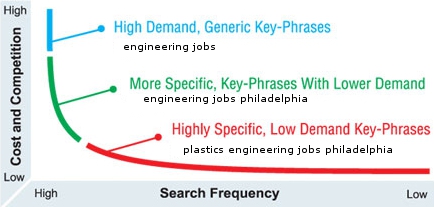
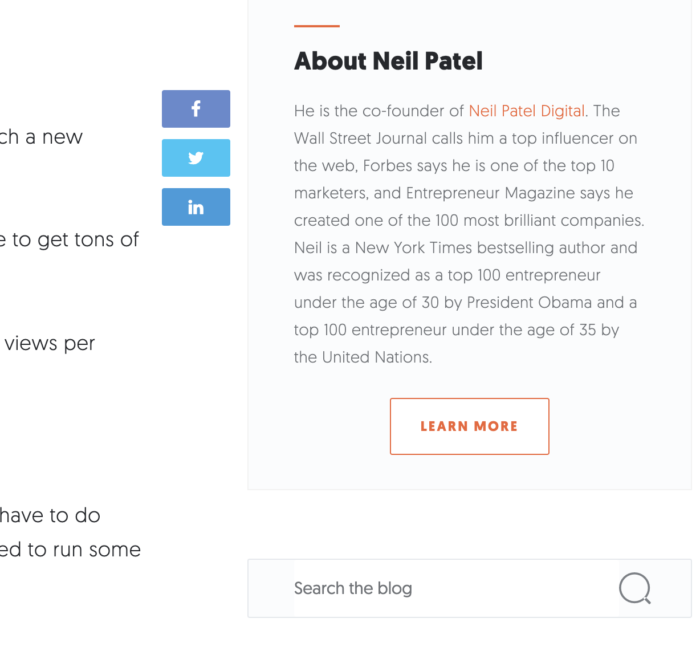
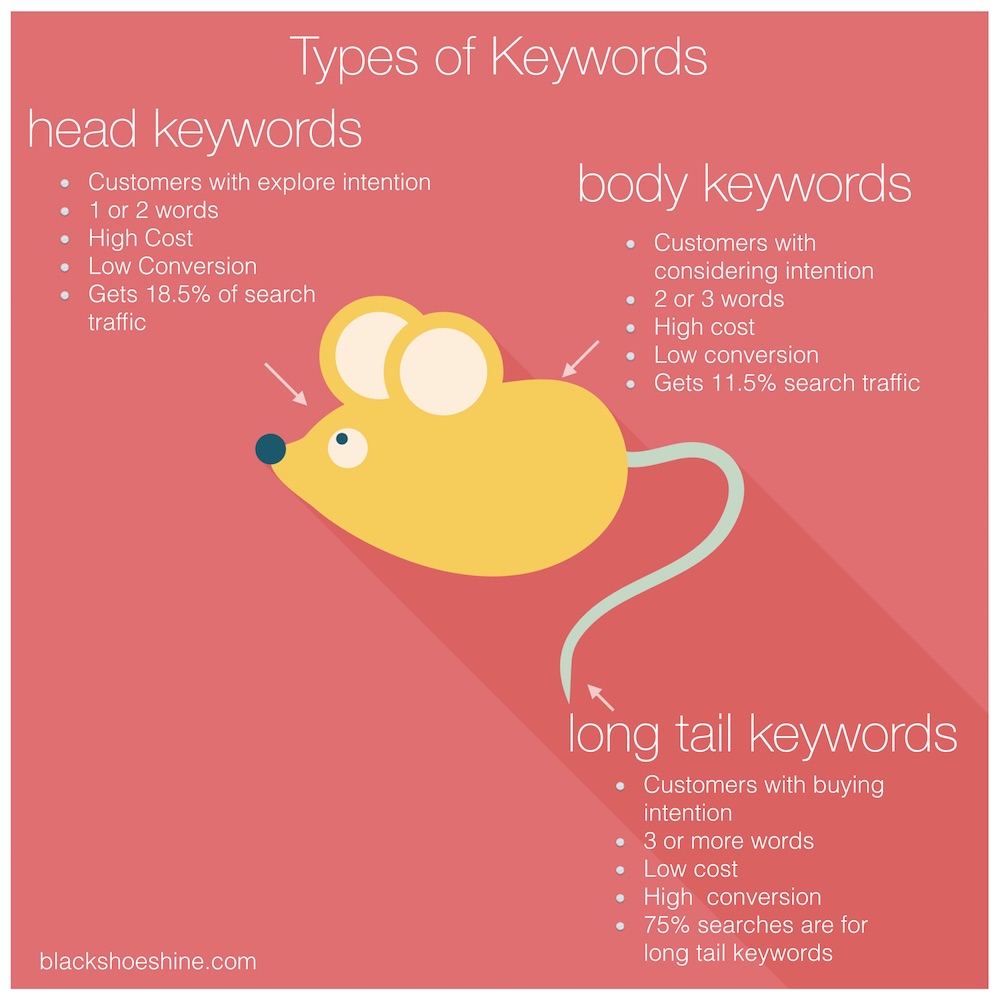

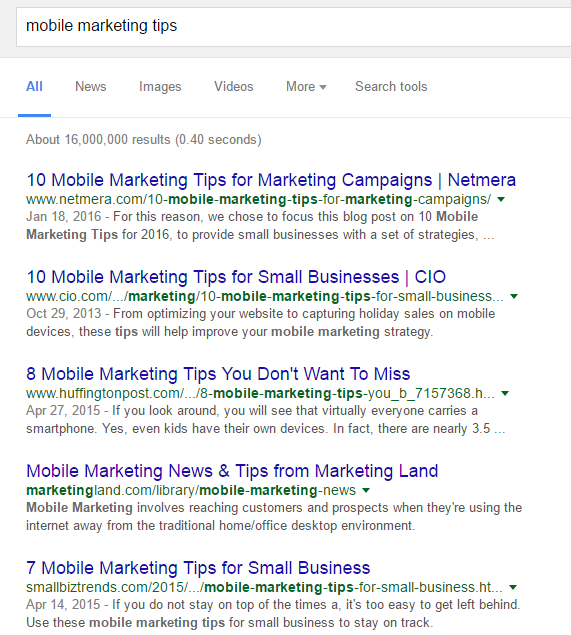
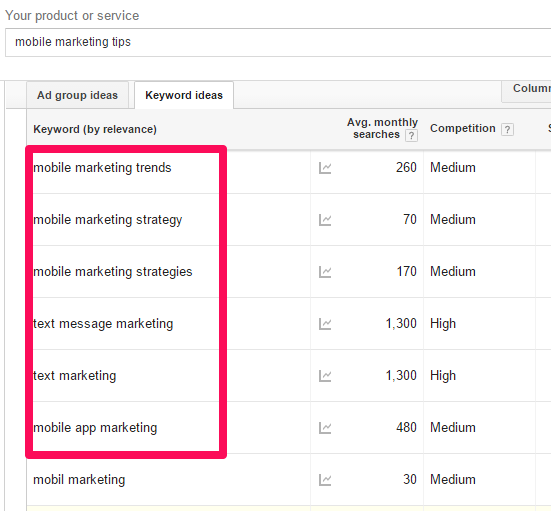
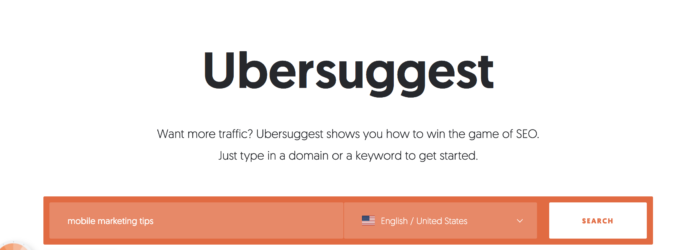
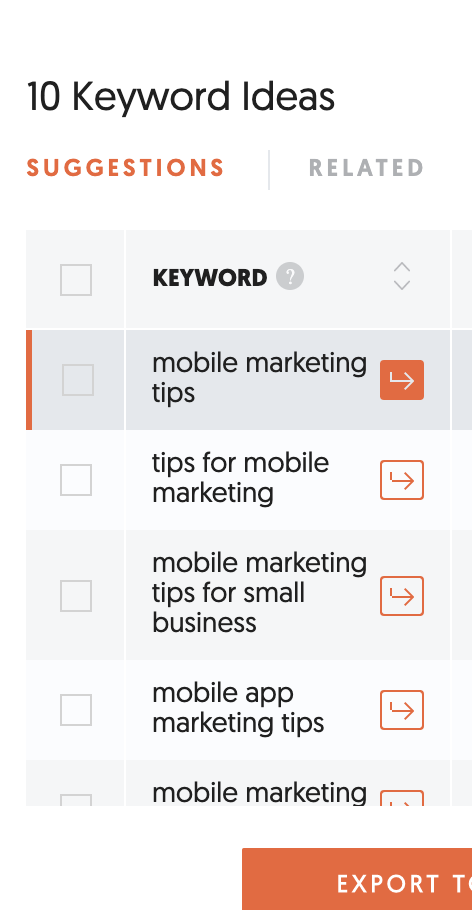


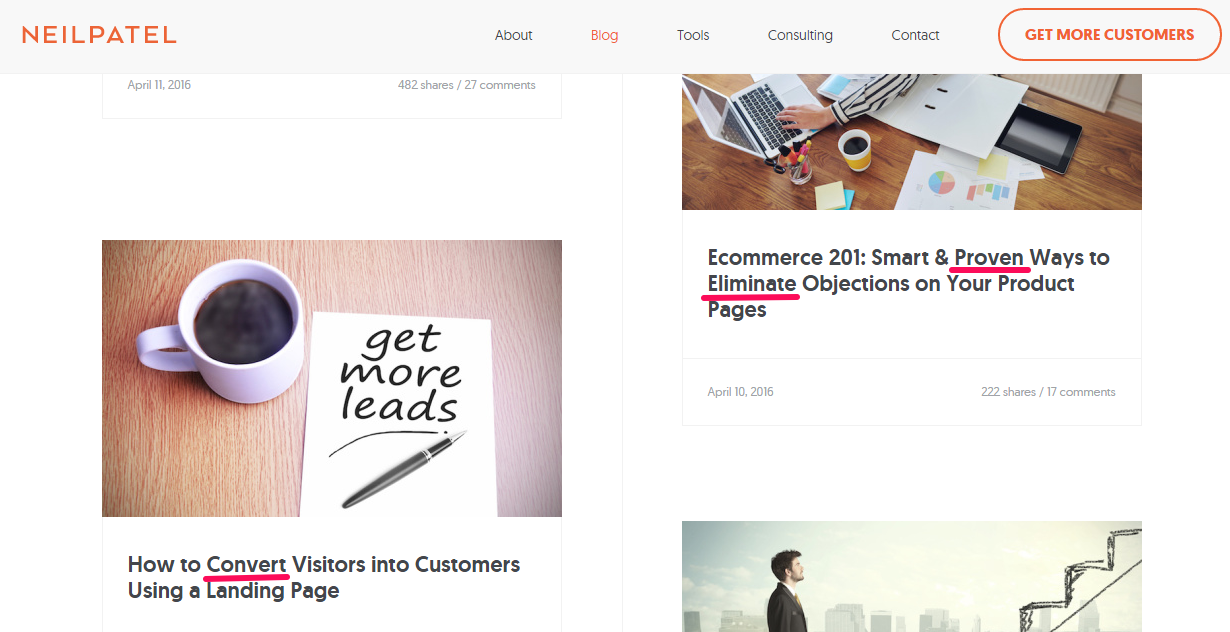
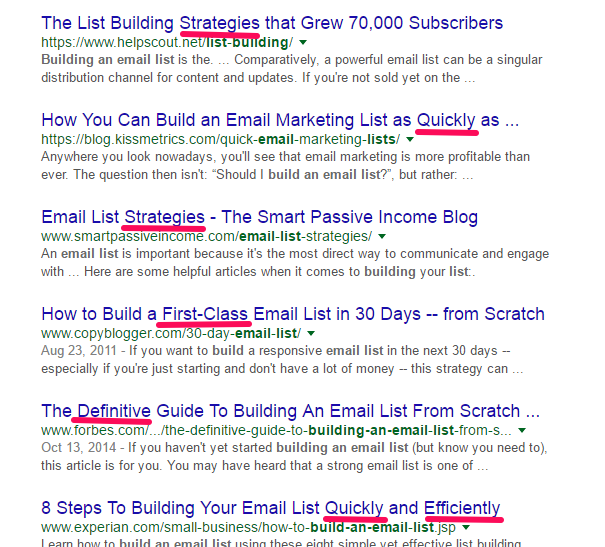

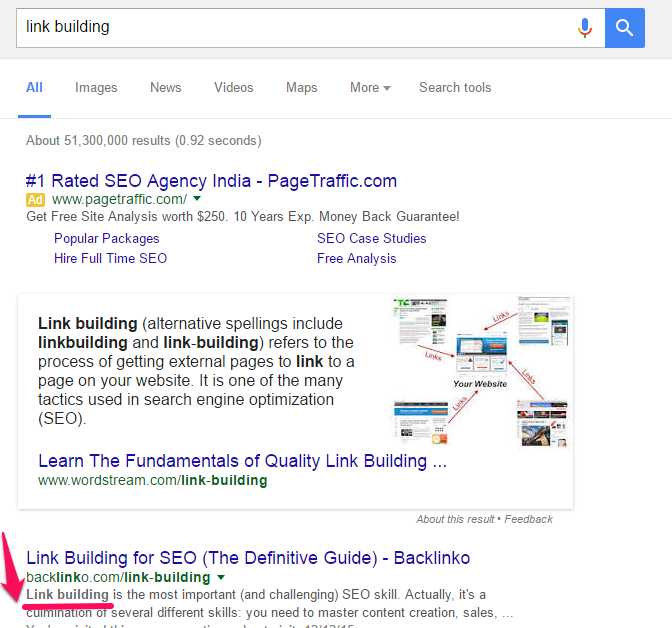
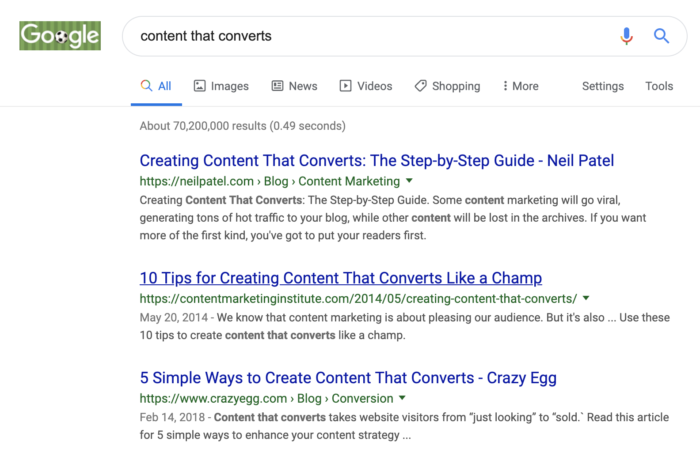

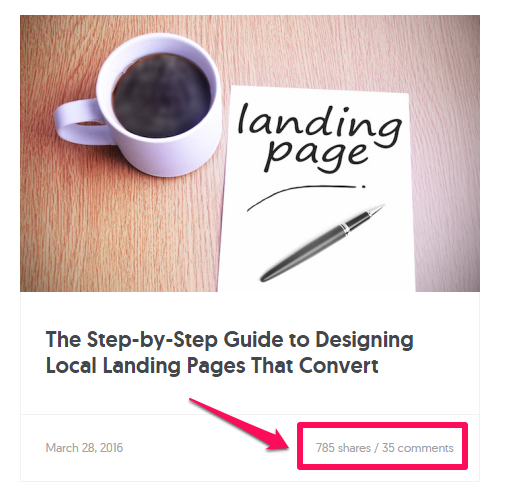
Comments (70)